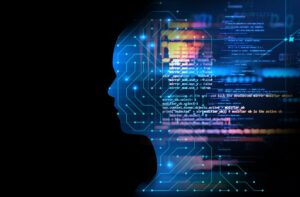
Rail operators are aware of the benefits of using things like artificial intelligence (AI) and machine learning. However, regulations, among other obstacles, can sometimes stand in the way of implementation. More and more, though, industrial PCs for rail vehicles are integrating these technologies and algorithms into its offerings.
AI in Industrial PCs for Rail

AI edge computers are a big trend. AI in general and its various sub-segments such as computer vision and machine learning will transform the rail market and greatly improve cost-effectiveness and safety on the rails.
An AI railway computer can be deployed for applications such as semi-autonomous driving, vision recognition systems, track or environment monitoring, predictive maintenance or condition-based monitoring.
In a technical document by the European Union Agency for Railways (ERA) about big data in railways they assessed the benefits of machine learning in the rail sector. With the amount of data available now to rail operators, the ERA has proposed the possible use of machine learning algorithms on big data to further develop risk models.
More Demand for Edge Computing

There is a need for higher-capacity processors and GPUs due to the demand for edge computing capabilities, driverless operations and increasing cyberthreats in rail. More advanced processors are needed for the fusion of all the sensor data coming from sources such as IP cameras and radar to provide more granular visibility into rail operations.
Because these components generate a tremendous amount of heat the hardware must be carefully engineered to dissipate it. Lives depend on the reliability of these systems and traditional off-the-shelf hardware is likely unable to meet the task of performing safely in edge applications. As a result, there is an increased need for rugged computing, network and storage equipment in a railroad environment and at the edge in any application.
Because rail operators’ networks can be bandwidth-limited, we see an upward trend in demand for more of this capability on the rail edge, which could be in bungalows, along the track or on individual rail cars.
There is also a need for increased, immediate cyber protection on rolling assets, along the track and in the back office. To meet this growing need, the products should provide customers with additional layers of encryption and key management tools that enable critical railway operation and monitoring, and better protect customer data.
IoT Pushing Wireless Connectivity Needs

Nowadays the in-vehicle sensors and devices are all binding together, letting railway PCs gather this data in cabins/locomotives. This trend is also accelerating the need in wireless connections such as 5G/4G/LTE/Wi-Fi which are implemented in the railway PC to collect and transmit the data much more effectively.
Adapted from a&s Magazine



































































